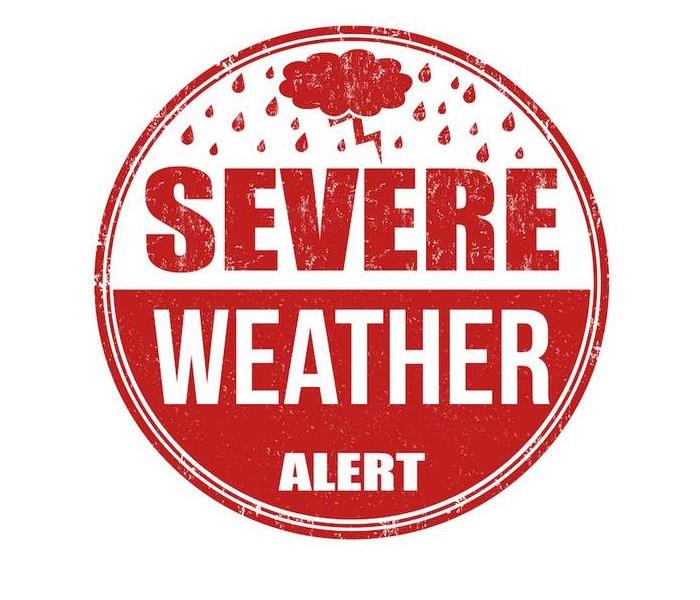Understand the Different Kinds of Weather Alerts | SERVPRO® of Westfield
8/18/2022 (Permalink)
There are many different types of weather warnings, around 42 kinds to be exact. Each one is organized into one of seven distinct categories. It’s best to be informed about these alerts before severe weather strikes!
Understanding these weather warnings can help you prepare for any weather emergency that may affect our community. You’ll also know how to prepare your home to withstand any disaster.
Understanding all types of weather is important, but understanding what weather might strike Westfield is even more critical for staying safe.
So, how are these weather alerts issued in the first place? How is the intensity, position and duration of a storm monitored if weather forecasts are just forecasts? The issuance of these warnings is influenced by a number of variables.
The National Weather Service is responsible for forecasting weather conditions and issuing any warnings when necessary. To ensure these warnings are location-specific, there are six regional offices and hundreds of sub-offices located around the country that send out these alerts. You’ll find your warnings in Westfield coming from the Southern Region headquarters in Fort Worth, Texas.
Satellite radar, weather balloons, seismic activity meters and even ocean buoys are a few of the tools used by NWS meteorologists and other employees to develop forecasts. While the type of data used varies depending on the intensity of the weather condition, the primary objective is to create a prediction that is as accurate as possible.
Understanding the distinction between a “watch” and a “warning” is critical when understanding these weather warnings. This is terminology that is used in most weather alerts, including thunderstorms, hurricanes and strong winds.
A watch indicates conditions are being monitored and could become severe, so you should take necessary action to keep safe. A warning is given in a smaller community, like a county or city, whereas a watch is issued in a larger area.
A warning means that a severe storm is approaching your area and you should take shelter immediately.
Understanding the many types of weather your community encounters regularly can help you know what to do when these weather alerts are issued during severe weather. Because Texas is a coastal state, residents in the Westfield region are vulnerable to hurricanes. You’ll receive hurricane advisories as soon as conditions develop within our community.
The best approach to protecting yourself and your property from weather threats is to become familiar with the many kinds of weather alerts, but there are a few other actions you can take to prepare your home for severe weather.
Cleaning your gutters and fastening any outdoor furniture is a simple way to safeguard your home for severe weather conditions such as flooding or strong winds. Prepare a shelter for your family with essential items and have an evacuation plan ready in case of an emergency.
Give SERVPRO a call if your home has been damaged by severe weather, such as hurricane-force winds or a flood. We can devise and carry out an effective restoration plan to restore as much of your home as possible.
Understanding what kinds of weather threats might impact our hometown is the best way to prepare for severe weather. Learn the many warnings that may be issued during severe weather so that you and your home are prepared for any crisis.
Experienced storm damage to your home or property? Contact us today for a quick response!





 24/7 Emergency Service
24/7 Emergency Service
